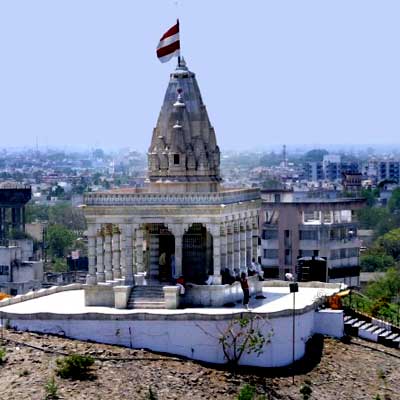Exploring Bhavnagar: Gujarat’s Coastal Gem of History and Heritage

Bhavnagar, a small urban area, cherishes its traditional roots amidst modern life. Its proximity to the sea has spurred trade growth, making it a hub for cotton trading, and it boasts an array of attractions such as temples, parks, museums, and the Velavadarbuck National Park. This city is a quintessential in Gujarat.
Bhavnagar has a significant connection to Mahatma Gandhi, who studied at a local university. His enduring influence permeates Gandhi Smriti, located within Barton’s Museum, built in 1895. This site is essential for coin collectors, firearms enthusiasts, stamp collectors, and sculpture admirers. The city, alive with vibrant locals in scarlet turbans and bustling puppet sellers during festivities, is a lively trade center. Noteworthy sites include Gaurishankar Lake, Velavadar National Park, Takhteshwar Temple, Nilambagh, Khodiyar Mandir, Shri Adishwar Temple, Victoria Park, and Aksharwadi Temple.
Founded in 1823 by Bhavsinhji Gohil as a military capital, modern-day Bhavnagar is an integral part of India's industrial landscape. Many Gohils from Marwar settled in Vadva, transforming it from a village into a prominent industrial hub. Protected by a fortress, Bhavnagar has served as a major port, facilitating regular transport to destinations like Mozambique, Africa, Zanzibar, Persian Gulf, and Singapore.
Bhavnagar is a treasure trove for historians and bibliophiles alike, with classical libraries and locations like Barton Museum, Barton Library, and Gandhi Smriti illustrating its rich history. Housing over 40,000 books on social sciences and Gandhian principles, these venues also feature a gallery of Gandhi's photos, a Khadi Gram Udyog Bhandar store, and a museum.
As one of Gujarat’s royal cities, Bhavnagar exudes a regal ambiance. The Nilambagh Palace Hotel, originally a private residence for the local elite, now serves as a luxurious heritage hotel, making it an ideal stay for families and couples.
Climatic Condition:The best time to visit Bhavnains from October to January, as summers are extremely hot and monsoons increase humidity.
FAQs:
Why visit Bhavnagar?
Bhavnagar offers a blend of traditional charm and modern life, with attractions like temples, parks, museums, and the Velavadar National Park, making it a quintessential destination in Gujarat.
What are the top attractions in Bhavnagar?
Key attractions include Gandhi Smriti in Barton’s Museum, Gaurishankar Lake, Velavadar National Park, Takhteshwar Temple, Nilambagh Palace Hotel, and various temples and parks.
What is the historical significance of Bhavnagar?
Founded in 1823 as a military capital, Bhavnagar boasts a rich history tied to its royal roots and industrial growth, with sites like Nilambagh Palace reflecting its regal past.
How can I travel to Bhavnagar?
Bhavnagar is accessible by rail via Bhavnagar Railway Station, served by Western Railway Line trains like CCT BVC Express and Tapti Ganga Express. Flights from Ahmedabad and Mumbai are available via Air Deccan and Alliance Air, with Surat Airport being the nearest international option.
When is the best time to visit Bhavnagar?
The ideal time to visit Bhavnagar is from October to January, avoiding the extreme heat of summers and humidity during monsoons, ensuring a pleasant travel experience.